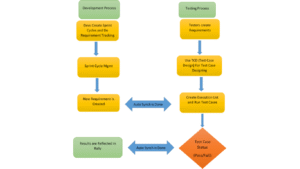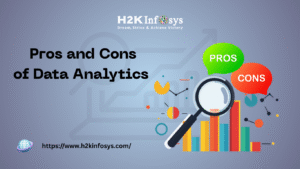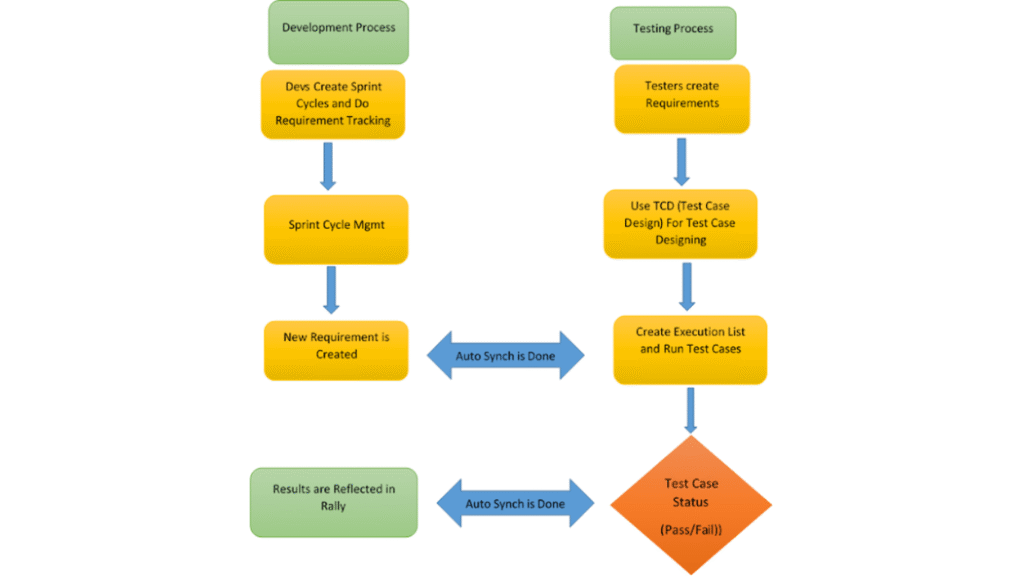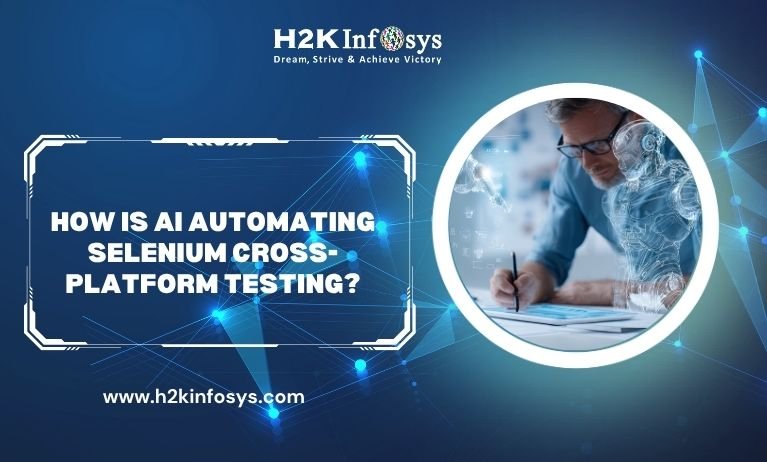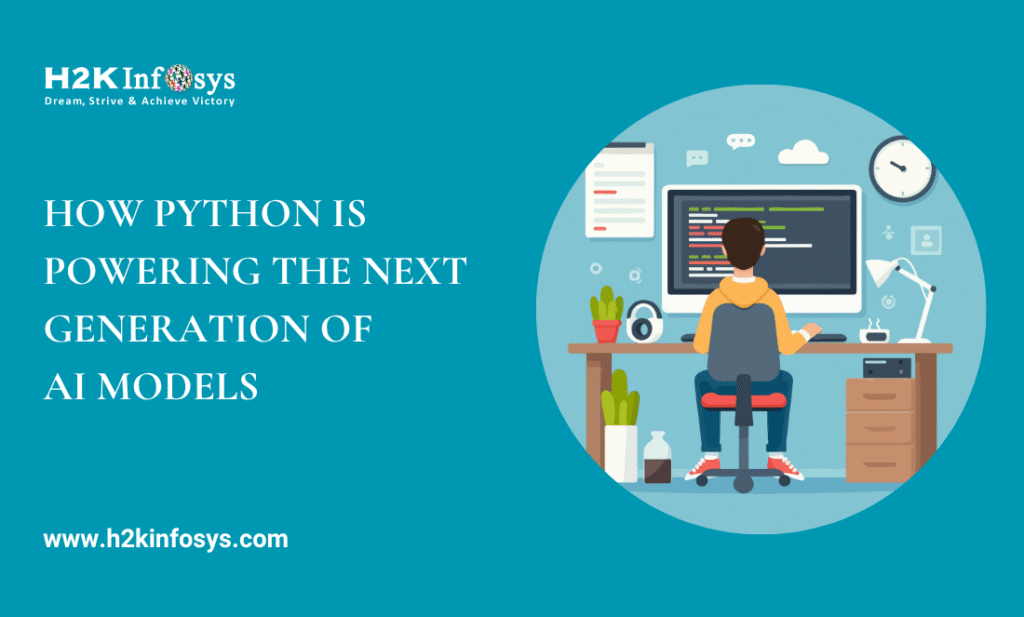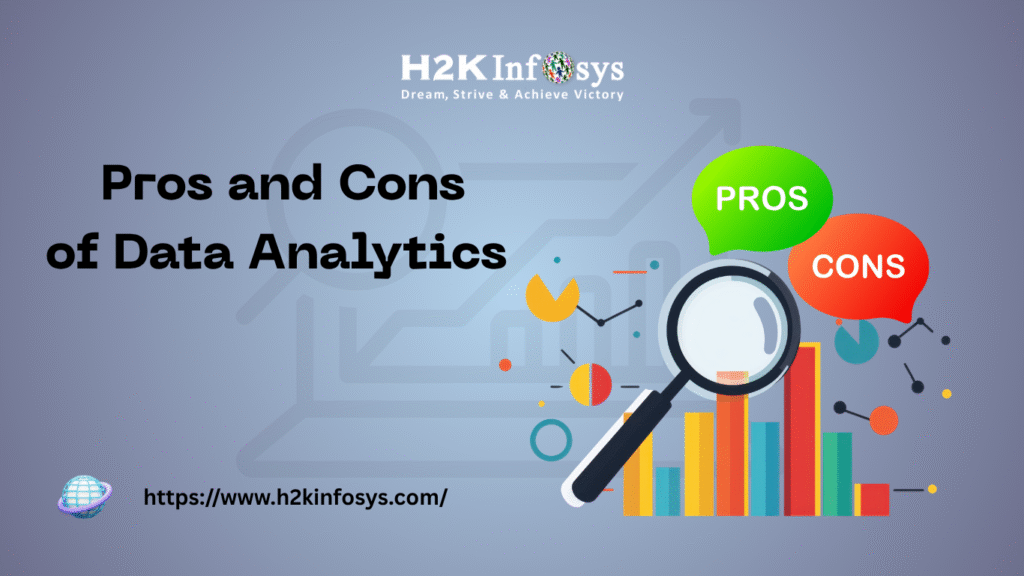Business analysts play a pivotal role in bridging the gap between business needs and technological solutions. To excel in this domain, understanding the Software Development Life Cycle (SDLC) and its methodologies is essential. For those aspiring to thrive in the field, exploring courses on business analysts or obtaining a Business Analyst Certification is a significant step forward. In this article, we will delve into the SDLC and the Waterfall Model, providing insights tailored to business analysts.
The Waterfall Model
The waterfall is one of the oldest models which originated in the manufacturing and construction industry. It is also referred to as a traditional model or basic model or linear-sequential life cycle model. It is easy to use and understand.
In the waterfall model, each phase must be completed before the next phase can begin and there is no overlapping in phases.
In the waterfall model, the software development process is demonstrated in a linear sequence of flow. This implies that any phase in the development process can only begin when the previous phase is completed. In the waterfall model, the outcome of a preceding step acts as the input of the next step or phase in sequential order.
The Waterfall Model in SDLC
The Waterfall Model is one of the earliest methodologies. Its linear and sequential approach makes it straightforward yet structured.
Key Characteristics of the Waterfall Model:
- Sequential Progression: Each phase starts only after the previous one is completed.
- Defined Deliverables: Every phase produces specific outputs, such as requirement documents, design models, and test cases.
- Fixed Scope: Changes are difficult to incorporate once the project moves to the next phase.
Steps in the Waterfall Model:
- Requirement Gathering and Analysis: All requirements are collected and documented before proceeding.
- System Design: The overall architecture and system layout are created.
- Implementation: Developers write code to implement the design.
- Integration and Testing: Components are integrated and tested to ensure functionality.
- Deployment: The final product is launched.
- Maintenance: Regular updates and patches are applied to keep the system functional.
Real-World Application of the Waterfall Model:
The Waterfall Model is best suited for projects with clearly defined requirements. For instance, developing software for managing payroll systems in an organization is often achieved using the Waterfall Model due to its predictable outcomes.ements where necessary.
The Role of Business Analysts in the Waterfall Model
Business analysts are crucial at every phase of the Waterfall Model:
- Requirement Phase: Collaborate with stakeholders to gather and document detailed requirements.
- Design Phase: Ensure that the system design aligns with business goals.
- Testing Phase: Validate the system through rigorous testing to ensure all requirements are met.
- Deployment Phase: Facilitate communication between teams to ensure successful implementation.
Examples of Waterfall Model
The waterfall model was the major mainstream for software development until the year 2000. In the years before the start of the 21st century, the waterfall model was used in developing enterprise applications which are Supply Chain Management Systems (SCMS), Human Resource Management Systems (HRMS), Point of Sales (POS) Systems used for retail transactions, Customer Relationship Management (CRM) systems and so on. Nowadays, Agile Methodology has taken over the Software development industry. Some notable examples of that waterfall model is preferred are:
- Development of aircraft and military programs through the Department of Defense (DOD). Waterfall models can be used for the stringent protocols and requirements that are required. Also, the requirement and specific contracts are made available and are known well. The waterfall model is deemed to be compatible with the rigorous oversight process and acquisition process as given by the Government.
- A system related to human life whereby a system malfunction could lead to loss of human life. These could lead to the culprits facing a jail sentence. In this scenario, human life is of more importance than the money and time used for the system.
- Other sectors include Healthcare, Space shuttles, Healthcare, Control system for nuclear facilities, and so on.
Criteria for using the Waterfall Model
There are some important criteria that should be met before considering using the waterfall model. They are listed below:
- The project should be short-term.
- The technology should be well understood.
- The resources should be sufficient coupled with the required expertise.
- The requirements for the project should be clear, well known, and fixed.
- Defining the product should be stable.
Advantages and Disadvantages of Agile and Waterfall Methodology
Agile and Waterfall are two of the most popular project management methodologies used in software development today. Each has its distinct approach, strengths, and weaknesses, making them suitable for different project types. Understanding the advantages and disadvantages of Agile and Waterfall methodologies can help teams choose the right approach based on their needs.
Advantages of Agile Methodology
- Flexibility and Adaptability: Agile allows for continuous feedback and adaptation throughout the project, making it ideal for dynamic environments where requirements frequently change.
- Faster Delivery: Agile focuses on iterative development, delivering small, functional components regularly, which helps in reducing time-to-market.
- Improved Collaboration: Agile emphasizes team collaboration and stakeholder involvement, enhancing communication and ensuring that the final product meets user needs.
- High-Quality Product: Continuous testing and frequent iterations ensure that the product maintains a high standard of quality throughout the development cycle.
Disadvantages of Agile Methodology
- Less Predictability: Due to its iterative nature, Agile can sometimes lead to scope creep, making it hard to predict project timelines and costs.
- Requires Experienced Team Members: Agile relies heavily on the skills and commitment of the team, making it challenging for inexperienced teams.
- Documentation Challenges: Agile’s focus on working software over comprehensive documentation can lead to gaps in project records.
Advantages of Waterfall Methodology
- Structured Approach: Waterfall’s linear, sequential approach provides clear milestones and deliverables, making project tracking straightforward.
- Predictable Timelines: With defined phases, Waterfall helps in planning and budgeting with a high level of accuracy.
- Well-Suited for Fixed Requirements: Ideal for projects with clear, unchanging requirements.
Disadvantages of Waterfall Methodology
- Inflexibility to Changes: Waterfall does not accommodate changes well once the project is underway, making it less suitable for dynamic projects.
- Late Testing: Testing occurs late in the process, increasing the risk of identifying issues toward the end of the project.
- Customer Feedback Delays: Lack of continuous feedback can lead to misaligned product outcomes with customer expectations.
Waterfall Model vs Agile Model
In recent times, the Agile model has replaced the waterfall model in Software development; even though other useful models (including the Agile model) have their basis gotten from the waterfall model. There are a few disparities between the waterfall model and the agile model and they are discussed below;
| S/N | Waterfall Model | Agile Model |
| 1. | The head of a project hierarchy is the driving force. | The team is the driving force of the project. |
| 2. | The planning of a waterfall project is done sequentially with definitive milestones. | The planning of an agile project is done iteratively meaning it can adapt to changes in requirements. |
| 3. | Planning for waterfall models is done for longer periods. | Planning for agile periods is generally done in the short term. |
| 4. | The roles involved in a waterfall project are high because of several levels of hierarchy. | The team involved in an agile project has a lesser role to play. |
| 5. | The success of the project is dependent on the implementation of the given requirements. | The success of the project is based on the client receiving a good business value. |
| 6. | Dependency on the final consumers is little especially during the development and intermediate phase. | Dependency on the final consumer is significant throughout the project. |
| 7. | The waterfall model is more process-oriented, that is, steps are thoroughly followed during each phase. | The Agile model is more people-oriented. |
Why Business Analysts Should Learn SDLC and the Waterfall Model
Understanding SDLC and the Waterfall Model is fundamental for business analysts. Here’s why:
- Improved Communication: Business analysts act as a bridge between technical teams and stakeholders. Familiarity with SDLC improves this communication.
- Enhanced Problem-Solving: By understanding these methodologies, analysts can identify bottlenecks and propose practical solutions.
- Better Career Prospects: Employers value professionals who understand development methodologies. Courses for business analysts or business analysis courses can sharpen these skills.
Call to Action:
Ready to elevate your career as a business analyst? Enroll in H2K Infosys‘s business analysis courses today for hands-on learning and industry-recognized certifications!
Conclusion
The importance of taking the sign-off of the deliverables during each phase cannot be overemphasized when dealing with waterfall models. In recent times, most projects make use of the Agile model; even though the waterfall model can still be used for smaller projects as far as the requirements are well and properly documented.
Key Takeaways:
- The SDLC provides a structured approach to software development, crucial for business analysts.
- The Waterfall Model’s linear nature ensures clarity and predictable outcomes.
- Business analysts play a vital role in requirement gathering, validation, and communication throughout these phases.







